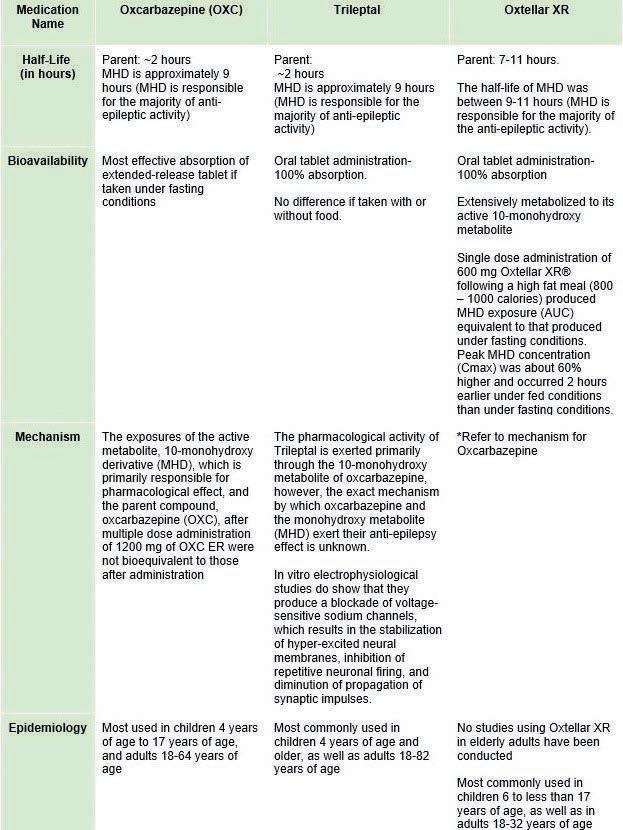Scholarly Research In Progress • Vol. 5, November 2021
Pelvic Examinations Under Anesthesia (EUA) Informed Consent Policy Albena Gesheva1†, Caitlin Tillson1†, and Genevieve Conway1† ¹Geisinger Commonwealth School of Medicine, Scranton, PA 18509 † Doctor of Medicine Program Correspondence: agesheva@som.geisinger.edu
Abstract It is a common practice for medical students to perform pelvic exams under anesthesia (EUAs) on women undergoing procedures without the patient explicitly consenting to this exam, despite various governing bodies advising against this practice for over a decade. The Association of American Medical Colleges (AAMC) in 2003 and American College of Obstetricians (ACOG) in 2011 released statements against pelvic exams under anesthesia (EUA) without explicit consent. Additionally, 15 states have outlawed non-consensual pelvic exams, with 2 states in the process of passing legislation, including Pennsylvania. At Geisinger Commonwealth School of Medicine, we established a policy to protect patients and students from participating in sensitive genitourinary and breast examinations under anesthesia without explicit patient consent. Our policy is in keeping with the guidelines set by the governing bodies and expands on them by including breast and prostate exams, to ensure high-quality patient care and maintain ethical medical training.
Introduction Pelvic examination under anesthesia (EUA) is an internal exam during which the vagina, cervix, uterus, bladder, and/or rectum are visualized by scopes or examined by a digital exam for abnormalities. Risks of this exam are minimal but can include infection, bleeding, or traumatic damage. It is indicated when a patient cannot be adequately examined without sedation or general anesthesia for reasons of physical or psychological discomfort, or to provide information that will help guide a subsequent surgical procedure. It is common practice during medical school training to allow students to perform pelvic exams on patients under anesthesia, involving inserting fingers of a gloved hand in the patient’s vagina. The Association of Professors of Gynecology and Obstetrics (APGO) supports this practice and considers it essential to student education, clarifying that student involvement is only indicated when the procedure has been “Explicitly consented to; Related to the planned procedure; Performed by a student who is recognized by the patient as a part of their care team; And done under direct supervision by the educator” (1). In their publication of “Professional Responsibilities in Obstetric–Gynecologic Medical Education and Training,” APGO acknowledges the inherent disparity in power and authority that students face in their learning environment and how essential medical student education is to maintaining standards of medical competence (2). They offer recommendations to student education, including respecting patient autonomy by allowing the patient to choose when not to be cared for by learners and EUAs to be performed only when specific informed consent is obtained prior to surgery (2). 2
Additionally, learners should not be placed in situations where they are required to provide care or perform procedures for which they were not consented and not adequately supervised (2). Other educational bodies have spoken on the subject, including the AMA Council on Ethical and Judicial Affairs and the Association of American Medical Colleges (AAMC), echoing the importance of obtaining explicit consent when students are anticipated to be involved in EUAs (3). In 2018, Bioethics published “Educational pelvic exams on anesthetized women: Why consent matters” (4). The article addresses the ethical justification for informed consent in maintaining the patient's autonomy, trust, and basic rights and how foregoing this process is a violation, regardless of whether she becomes aware of it. It acknowledges the objections based in utilitarianism that EUAs offer benefit to the student’s education and thus are justified. The practice of standardized patients to teach pelvic exams is widely accepted by teaching institutions and has been argued to be more valuable with the added benefit of guidance by the patient. Despite the guidance from several medical governing bodies, it has been common practice for medical students to practice pelvic exams on patients under anesthesia without first obtaining explicit consent. In 2019, ELLE conducted a survey of 101 medical students from seven major American medical schools (5). Ninety-two percent reported performing a pelvic exam on an anesthetized female patient. Of that group, 61% reported performing this procedure without explicit patient consent. Nearly one-third of the respondents felt unable to opt out of performing these exams. Since supervising residents and attending physicians write evaluations, students feared jeopardizing their grades and future careers. This elucidates that a common medical student experience is not as benign as many believe. A student is quoted after performing a prostate exam on an anesthetized elderly man, stating “I feel like I just sexually assaulted a patient…That I had to violate a patient’s bodily autonomy in order to check off a requirement for a pass/ fail one-week rotation is absurd.” It is evident that educational institutions need to change their standards to protect both patients and students.
Methods In order to develop a proposal for the need to establish a policy, as well as to write the policy once we had approval, we researched state laws on EUAs passed at the time our initiative began in August 2019, including those of California, Hawaii, Illinois, Iowa, Oregon, Utah, Virginia, Michigan, and New York. Additionally, we referenced established policies from the AAMC and the American College of Obstetricians (ACOG) for












































